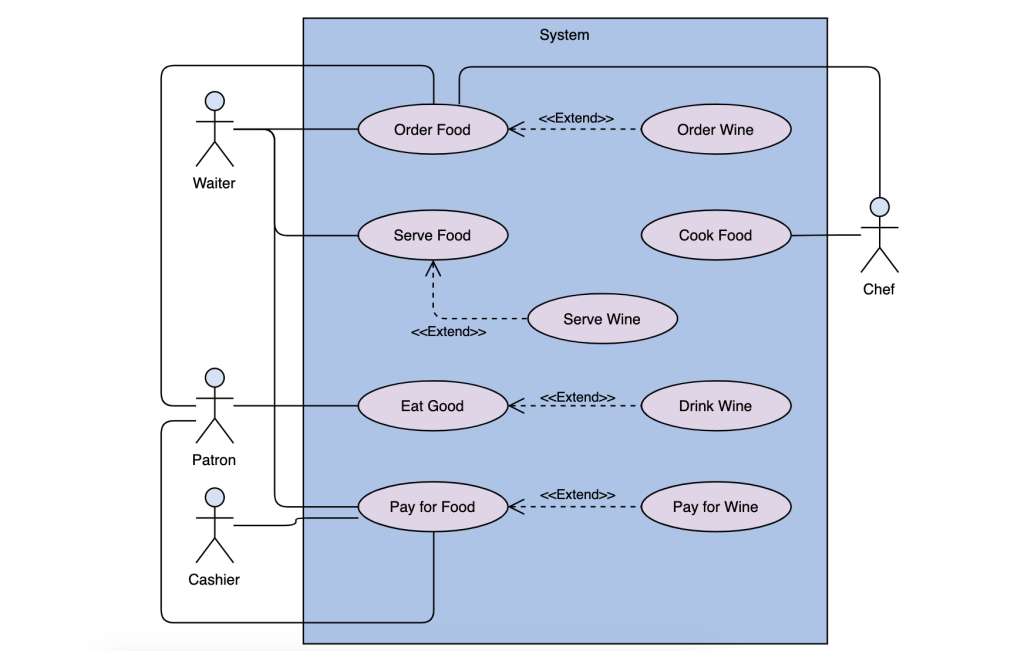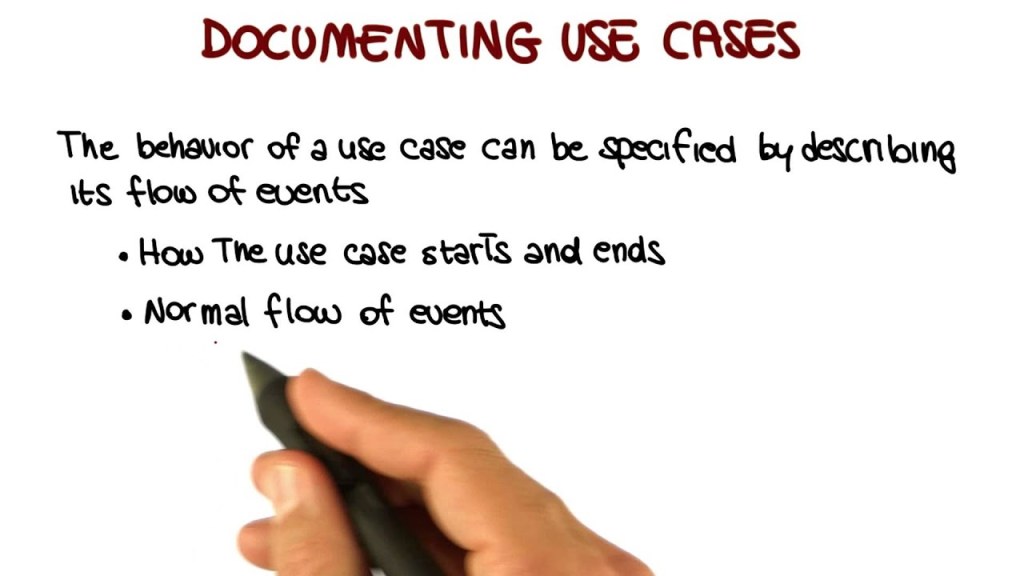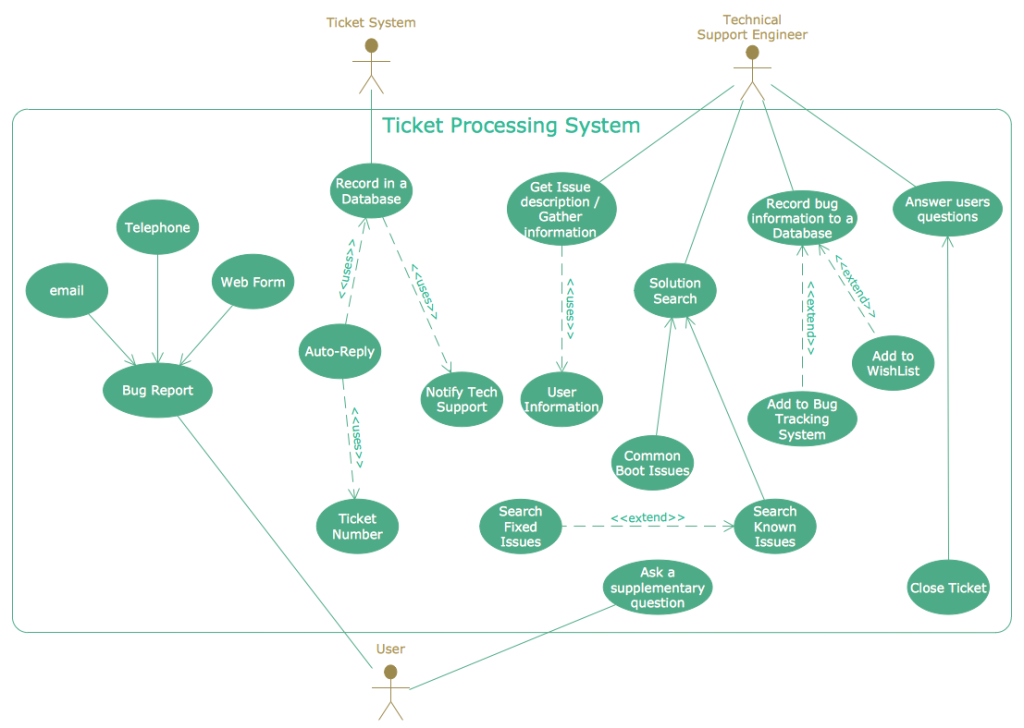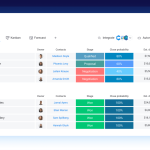Unveiling The Power Of Software Development Use Cases: Ignite Your CTA Now!
Software Development Use Cases
Introduction
Hello Readers,
3 Picture Gallery: Unveiling The Power Of Software Development Use Cases: Ignite Your CTA Now!



Welcome to this article about software development use cases. In today’s digital world, software development plays a crucial role in various industries. From creating mobile applications to designing complex systems, software development has become an essential part of modern businesses. In this article, we will explore the different aspects of software development use cases and how they can benefit organizations. So, let’s dive in and explore the world of software development use cases!

Image Source: cybermedian.com
But first, let’s understand what exactly a use case is. A use case is a description of a specific interaction between a user (or an actor) and a system. It outlines the steps that the user takes and the responses the system provides. Use cases help in identifying and defining the functionalities of a software system, making them an integral part of the software development process.
Now, let’s move on to the main points we will be covering in this article:
What are software development use cases? 🤔
A use case is a powerful tool used in software development to capture the functional requirements of a system. It describes how users interact with the system to achieve a specific goal. By analyzing different scenarios, use cases help in understanding the system’s behavior and identifying potential issues or improvements. Use cases act as a bridge between the user’s requirements and the technical implementation.

Image Source: ytimg.com
For example, in the development of a mobile banking application, a use case can define the steps a user takes to transfer funds from one account to another. It covers the user’s actions, input data, and the expected output from the system. By having clear and well-defined use cases, developers can build robust and user-friendly software.
Who benefits from software development use cases? 🤷♂️
Software development use cases are beneficial to various stakeholders involved in the software development process. Let’s take a look at some of the key beneficiaries:

Image Source: weebly.com
1. Developers: Use cases provide developers with a clear understanding of what needs to be implemented and how users will interact with the system. This helps them in writing efficient and error-free code.
2. Business Analysts: Use cases act as a communication tool between the business analysts and the development team. They help in translating user requirements into technical specifications.
3. Testers: Use cases serve as a foundation for creating test cases. Testers can verify if the system is functioning as expected by following the steps mentioned in the use cases.
4. Project Managers: Use cases help project managers in estimating the time and effort required for development. They also provide a basis for tracking progress and ensuring that the project is on track.
Overall, software development use cases benefit all the stakeholders involved by providing clarity and alignment towards achieving the desired functionality.
When should software development use cases be created? ⌛️
Software development use cases should ideally be created during the initial stages of the software development lifecycle. They help in capturing and documenting the functional requirements of the system. By creating use cases early on, potential issues and conflicts can be identified and resolved at an early stage, reducing rework and saving time and resources.
Use cases can also be updated and modified throughout the development process as requirements evolve. Regularly reviewing and refining the use cases ensures that the software is aligned with the changing needs of the users.
Where are software development use cases used? 🌍
Software development use cases are used in various stages of the software development process. Some of the key areas where use cases are applied include:
1. Requirements Gathering: Use cases help in capturing user requirements and understanding how the system should function.
2. System Design: Use cases act as a blueprint for designing the software system, ensuring that all functionalities are incorporated.
3. Development: Use cases provide developers with a clear understanding of what needs to be implemented, guiding them in writing code.
4. Testing: Use cases serve as a reference for creating test cases, ensuring that the system functions as expected.
5. Documentation: Use cases form an integral part of the software documentation, providing a comprehensive overview of the system’s functionality.
By utilizing use cases effectively, organizations can streamline the software development process and ensure successful project outcomes.
Why are software development use cases important? ❓
Software development use cases hold significant importance in the software development process. Here are some reasons why they are considered vital:
1. Clear Communication: Use cases provide a common language for communication between the stakeholders, ensuring that everyone understands the system’s functionality.
2. Requirement Traceability: Use cases help in tracing back the functional requirements to the user’s needs, ensuring that the final product aligns with the user’s expectations.
3. User-Centric Approach: Use cases focus on the user’s perspective, helping developers in creating software that meets the user’s needs and enhances their experience.
4. Error Prevention: By analyzing various scenarios and identifying potential issues in advance, use cases help in preventing errors and improving the quality of the software system.
5. Documentation: Use cases serve as valuable documentation, providing a comprehensive overview of the system and acting as a reference for future enhancements or modifications.
Overall, software development use cases play a crucial role in ensuring the success of software projects by providing clarity, alignment, and a user-centric approach.
How to create effective software development use cases? 📝
Creating effective software development use cases requires careful planning and attention to detail. Here are some tips to help you create impactful use cases:
1. Identify Actors: Start by identifying the different actors who will interact with the system. Actors can be users, external systems, or other entities.
2. Define Goals: Clearly define the goals that the user wants to achieve while interacting with the system. This will help in determining the scope of the use case.
3. Describe Steps: Break down the interaction into a sequence of steps, including the user’s actions, system responses, and any input or output data.
4. Include Variations: Consider different scenarios and variations that can occur during the interaction. This will help in covering all possible paths and ensuring robustness.
5. Use Clear Language: Write the use cases in simple and clear language, avoiding technical jargon. This will make it easier for all stakeholders to understand and review the use cases.
6. Review and Refine: Regularly review and refine the use cases to ensure that they are up to date and aligned with the evolving requirements.
By following these guidelines, you can create effective use cases that serve as a solid foundation for successful software development.
Advantages and Disadvantages of software development use cases 📚
Like any other methodology, software development use cases have their own set of advantages and disadvantages. Let’s explore them in detail:
Advantages:
1. Enhanced Communication: Use cases facilitate clear communication between stakeholders, reducing misunderstandings and ensuring alignment.
2. Requirement Clarity: Use cases provide a clear understanding of the system’s requirements, helping in the development of accurate and relevant functionalities.
3. Improved Testing: Use cases act as a reference for creating test cases, ensuring comprehensive test coverage and efficient testing.
4. Scalability: Use cases can be easily modified and extended to accommodate new functionalities or changes in user requirements.
5. Alignment with User Needs: By focusing on the user’s perspective, use cases help in creating software that meets the user’s needs and expectations.
Disadvantages:
1. Time-Consuming: Creating detailed use cases can be time-consuming, especially for complex systems with numerous functionalities.
2. Lack of Technical Details: Use cases focus on the functional aspects of the system and may not provide detailed technical specifications.
3. Potential Incompleteness: It is possible to miss certain scenarios or variations while creating use cases, leading to incomplete functionality.
4. Difficulty in Prioritization: When dealing with a large number of use cases, prioritizing them can be challenging, leading to delays or scope creep.
5. Resistance to Change: Modifying or updating use cases in the later stages of development can be met with resistance and may cause disruptions.
Frequently Asked Questions (FAQs) about software development use cases ❓
1. Q: Can use cases be used in agile software development?
A: Yes, use cases can be adapted to fit the agile methodology. They can provide valuable insights into user interactions and system requirements.
2. Q: Are use cases the same as user stories?
A: No, use cases and user stories are different. Use cases focus on the system’s functionalities, while user stories describe the user’s requirements or needs.
3. Q: Can use cases be used for non-software projects?
A: Yes, the concept of use cases can be applied to various domains, including non-software projects, to define specific interactions and workflows.
4. Q: How many use cases should be created for a project?
A: The number of use cases depends on the complexity and scope of the project. It is advisable to create use cases that cover all key functionalities.
5. Q: Can use cases be used for system maintenance?
A: Yes, use cases can be used for system maintenance to understand the existing functionalities and identify areas that require updates or improvements.
Conclusion 📌
In conclusion, software development use cases are essential tools in capturing and defining the functional requirements of a software system. By utilizing use cases effectively, organizations can ensure clear communication, requirement alignment, and user-centric software development. Use cases provide a solid foundation for the development process and serve as valuable documentation for future enhancements or modifications. So, whether you are a developer, business analyst, tester, or project manager, understanding and utilizing use cases can greatly contribute to the success of software projects.
Now that you have gained insights into software development use cases, it’s time to leverage this knowledge and apply it to your own projects. Start creating effective use cases and witness the positive impact they bring to your software development process. Happy coding!
Final Remarks 📝
The information provided in this article aims to educate and inform readers about software development use cases. It is important to note that software development methodologies may vary based on individual projects and requirements. The use cases discussed in this article are just one approach to software development and may not be applicable to all situations. It is advised to adapt and tailor the methodologies based on specific project needs.
This post topic: Software Tutorials


